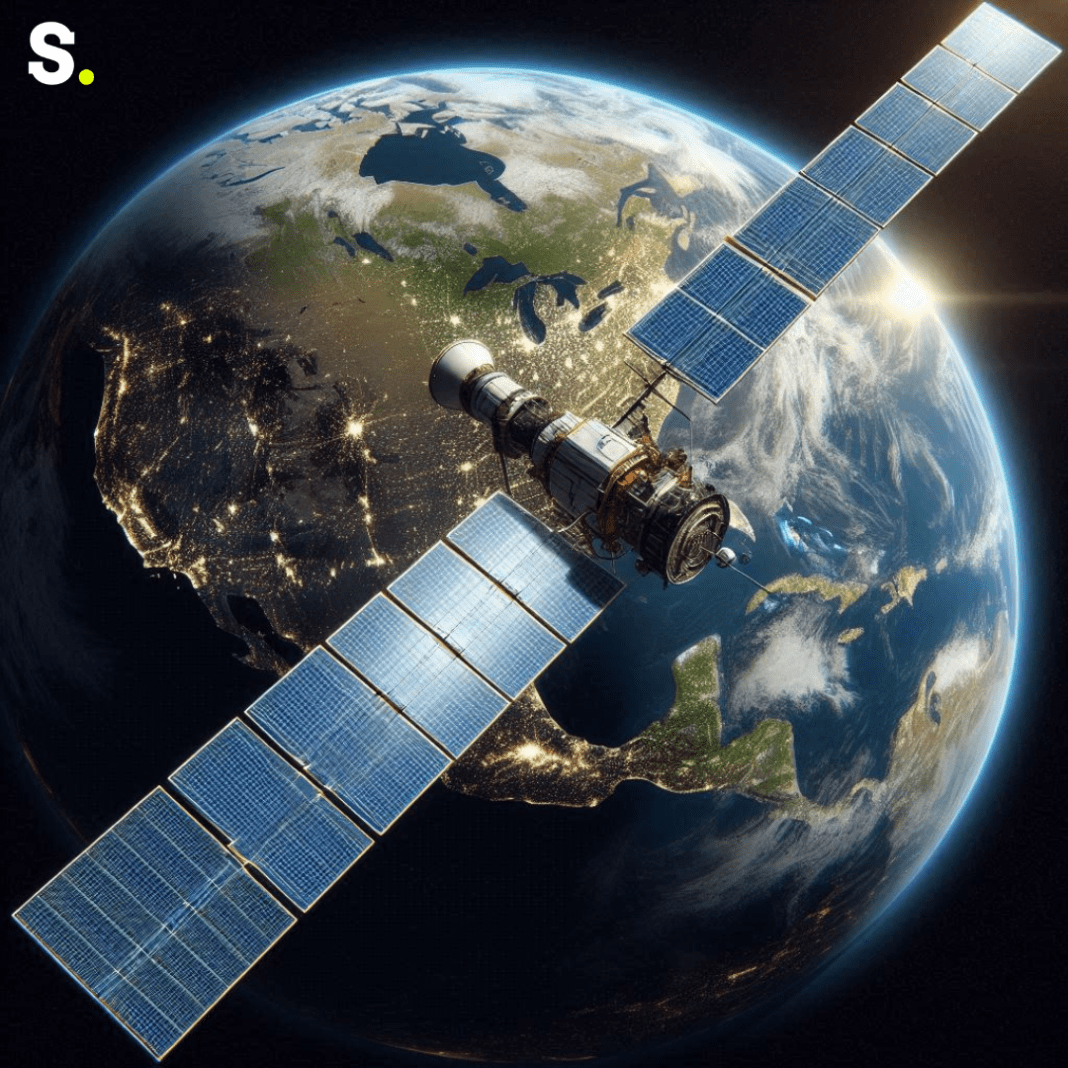The Boeing Starliner is a new generation spacecraft capable of bringing astronauts not only to the ISS but also home a journey to earth. This paper considers in detail how Starliner safely returns astronauts by describing the technology, procedures, and associated challenges.
Officially known as the Boeing Starliner or CST-100 Starliner. It is a crewed spacecraft developed by Boeing under NASA’s Commercial Crew Program. The main idea of this spacecraft is to send astronauts to and from the ISS. Hence drastically reducing NASA’s dependence on the Russian Soyuz vehicles for the transfer of crew members to the ISS. This craft has the capacity to hold up to seven astronauts on board. Hence guaranteeing a dependable and secure means of travelling to and from low Earth orbits.
Returning to Earth Safely
As the mission is accomplished at the ISS, Starliner conducts one of the most critical phases. Of its return journey to Earth through an operation called deorbit burn. This essentially involves firing the engines to slow down so as to change the orbit trajectory and attain the right velocity that will permit entry into Earth’s atmosphere at an exact location and time.
Starliner is exposed to extreme temperatures and pressures during re-entry into Earth’s atmosphere due to the friction caused by the atmosphere. To protect its spacecraft and crew from these conditions, Starliner is fitted with a heat shield comprising advanced materials that can withstand temperatures over 3,000 degrees Fahrenheit.
As soon as Starliner withstands the strong heat during reentry, it deploys the parachutes, which help to slow the spacecraft and make it land safely. The parachutes are that part of the landing system of the spacecraft that provides for a soft touchdown on the targeted landing zone.
Earth-Focused Landing Flexibility
Unlike SpaceX’s Crew Dragon or NASA’s Orion, the Boeing Starliner was designed to land on solid ground. Immediately providing more flexibility in landing locations. It, therefore, allows for land-based recovery operations. Which include faster and more efficient ways of retrieving the spacecraft and its crew after touchdowns.
In the event of an emergency at re-entry or landing, Starliner is fitted with abort capabilities. That enable safe separation of the crew module from the service module and propel it clear of the rocket. In this way, this ensures astronauts’ safety to return home. Safely in case there will be some anomalies during the landing sequence.
Crew Safety and Environmental Considerations
The primary concerns for Boeing Starliner are the safety of its astronauts during the re-entry and landing processes. This spacecraft design encompasses the redundancy of systems to reduce risks. And ensure a secure journey back to Earth through the testing process. Environmental concerns, such as better re-entry with less effect on the surrounding area. And integrity of parts of the spacecraft, are well managed within the mission.
Future Developments and Challenges
With the continuous efforts that Boeing is making to enhance and fine-tune the capabilities of Starliner, future developments that could be expected are improvements in landing precision, increase in crew capacity, and enhancements in the re-entry technology among others. Oversized challenges in the forms of funding constraints, technological strides, and approvals from regulatory bodies or their lack thereof will set the course of Starliner’s future capabilities and role in space missions.
Advancing Human Spaceflight
The Boeing Starliner ad enforces the pinnacle of advanced engineering and innovation in human spaceflight from launch to safe return to Earth. Starliner reflects a commitment to reliability, safety, and the future of space exploration. As NASA and its commercial partners push the boundaries of space travel, so will the capability of spacecraft such as Starliner continue to evolve leading the way for new discoveries and opportunities in low Earth orbit and beyond.
In other words, Boeing’s Starliner not only conducts missions to the ISS. But also provides for the safe return of astronauts by a well-planned process of re-entry and landing. The basic essentials of how Starliner returns astronauts to Earth have been examined. In this article, covering technology, procedures, and future prospects. For this very important part of human space exploration.



